Reader Nguyen Thi Xuan sent a question to the Neurosurgery - Spine section, with the content: "My father is 70 years old, fell while standing on a low chair, had a bone X-ray and found no problems, went to the local hospital and was diagnosed with only soft tissue injury, and was given medication. For the past week, although my father can walk, he still has pain. Is it because of his age that even though he has a soft tissue injury, it takes a long time to recover, doctor?"
Answering readers' questions, Dr. Vo Van Man - Head of Orthopedic Trauma Department - Nam Sai Gon International General Hospital said that soft tissue injuries in the elderly often recover more slowly due to age. However, persistent dull pain can be a sign that further examination is needed to rule out underlying damage. Do not be subjective if the pain continues.
What is soft tissue injury?
Soft tissue injury is damage to soft tissues such as muscles, tendons, ligaments, or subcutaneous fat, without affecting bones.
In the elderly, this injury often occurs due to falls, bumps, or incorrect movements. Common symptoms include pain, swelling, bruising, or limited mobility. In the above case, although X-rays did not detect bone damage, the persistent pain could be related to many other factors.
Dr. Man shared: “The elderly have a weakened musculoskeletal system due to aging, the ability to regenerate tissue is reduced, so soft tissue injuries often take a long time to heal. However, if the pain persists, it could be a sign of underlying ligament, tendon, or microfracture damage that cannot be detected by conventional X-rays.
Why do the elderly take a long time to recover?
Impaired tissue regeneration: Blood flow to tissues is reduced, slowing the healing process of injuries to muscles, tendons, or ligaments.
Weakened musculoskeletal system: Muscles and ligaments in older adults are less elastic, more susceptible to injury, and take longer to recover.
Underlying medical conditions: Conditions such as diabetes, high blood pressure, or arthritis can slow healing or increase pain.
Hidden Injury: Persistent dull pain may be caused by ligament, tendon, or even microfracture injuries that are not detected on routine X-rays.
Persistent pain after a soft tissue injury in a 70-year-old is not just due to age, there may be ligament damage, tendonitis, or even a minor muscle tear that has not been detected. The patient needs an MRI or soft tissue ultrasound to more accurately assess the injury.
Dr. Man warned: “With the mentality of not wanting to bother their children and grandchildren in the family, the elderly often tend to silently endure pain and self-medicate with painkillers. But this can inadvertently cause many people to ignore the risk of serious injury, and even make the injury more serious due to the side effects of over-the-counter painkillers.”
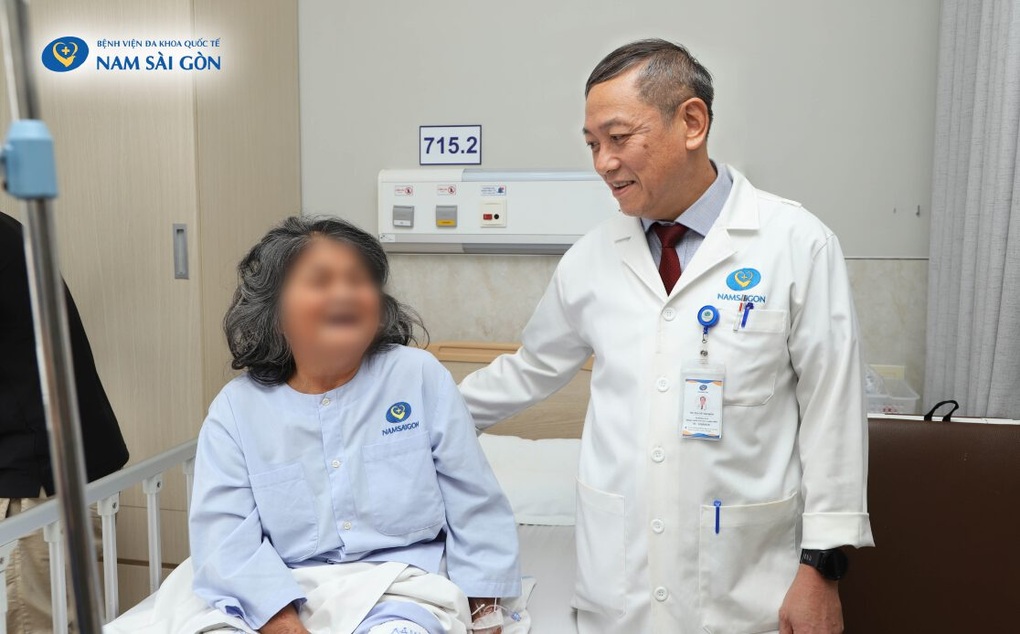
Patients with knee osteoarthritis treated at the hospital (Photo: BVCC).
A typical case at the Nam Sai Gon International General Hospital is Ms. D.TT (69 years old, Lam Dong ). For 10 years, she often had dull pain in her knee joints but did not go to the doctor but only used painkillers on her own. When her knee joints were deformed and she could barely walk, she went to the Orthopedic Trauma Department and was diagnosed with severe knee osteoarthritis due to prolonged abuse of corticosteroid-containing painkillers. The indiscriminate use of drugs without prescription caused her to fall into a state of osteoporosis, muscle weakness, severe knee damage and had to rely on a wheelchair.
When should I see a doctor again?
If after more than 1 week, reader Nguyen Thi Xuan's father still has dull pain at the injury site, he needs to be taken to see an Orthopedic specialist for a follow-up examination.
At the same time, it is necessary to note and clearly report the following symptoms (if any) to the specialist when returning for a check-up: Pain that does not decrease or increases with movement; swelling, bruising that persists or spreads; limited movement, especially in joints near the injury area (e.g., knee, hip); numbness, weakness, or abnormal feeling in the injured area.

The elderly need to be carefully examined to distinguish between bone fractures and soft tissue injuries (Photo: BVCC).
Based on clinical symptoms and medical history, the specialist will give appropriate clinical indications, contributing to an accurate diagnosis of the patient's health condition.
In the case of Ms. T., Dr. Vo Van Man developed a comprehensive treatment plan, including controlling the underlying disease, consulting and prescribing artificial knee replacement surgery for Ms. T. to replace the severely damaged joint. After surgery, she continued to be guided through a specialized rehabilitation program, including early exercise and physical therapy to strengthen muscles. Thanks to strict adherence to the plan, she was able to gradually stand up, walk and regain the ability to live independently without relying on a wheelchair.
“You should take your father to a reputable hospital with a full range of modern imaging systems from ultrasound, X-ray, CT scan to MRI to get more accurate diagnosis results. From there, the doctor will be able to advise on timely treatment methods and proper care, helping elderly people like your father recover faster,” Dr. Man emphasized.
How to care for soft tissue injuries in the elderly
Proper rest: Limit strenuous exercise, but encourage light movement to avoid stiffness.
Cold/Hot Compresses: Apply cold compresses for the first 48-72 hours to reduce swelling, then apply hot compresses to increase circulation.
Prescribed medication: Use pain relievers and anti-inflammatory drugs in the correct dose as prescribed by your doctor. Avoid increasing the dose or using drugs containing corticosteroids on your own.
Compression bandage or splint: Protects the injured area, reducing pressure on soft tissue.
Physical therapy: Participate in gentle exercises under professional guidance to restore function.
Nutritional support: Supplement calcium, vitamin D, protein from milk, fish, green vegetables to support tissue regeneration.
Monitor underlying medical conditions: If you have diabetes, osteoporosis, or high blood pressure, closely control them to avoid slowing wound healing.
Source: https://dantri.com.vn/suc-khoe/o-nguoi-cao-tuoi-chan-thuong-phan-mem-keo-dai-bao-lau-20251012223755977.htm







![[Photo] Solemn opening of the 1st Government Party Congress](https://vphoto.vietnam.vn/thumb/1200x675/vietnam/resource/IMAGE/2025/10/13/1760337945186_ndo_br_img-0787-jpg.webp)
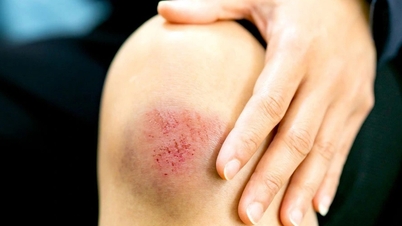





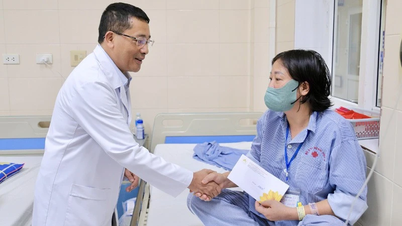


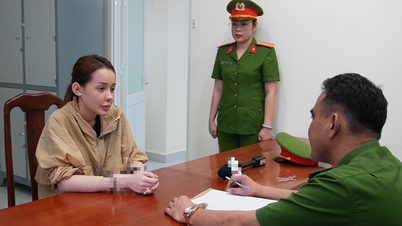










![[Photo] General Secretary To Lam attends the opening of the 1st Government Party Congress](https://vphoto.vietnam.vn/thumb/1200x675/vietnam/resource/IMAGE/2025/10/13/1760321055249_ndo_br_cover-9284-jpg.webp)





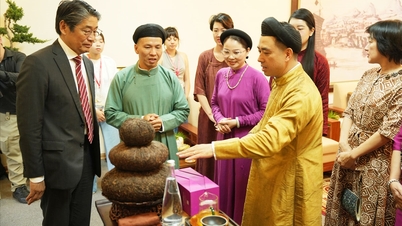







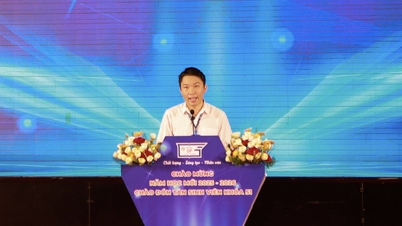





































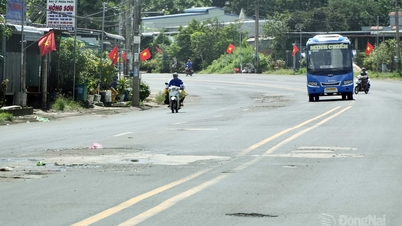








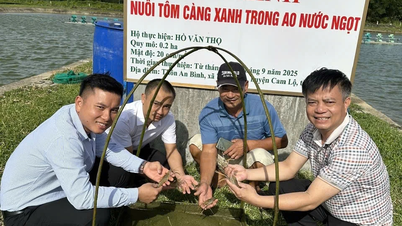















Comment (0)